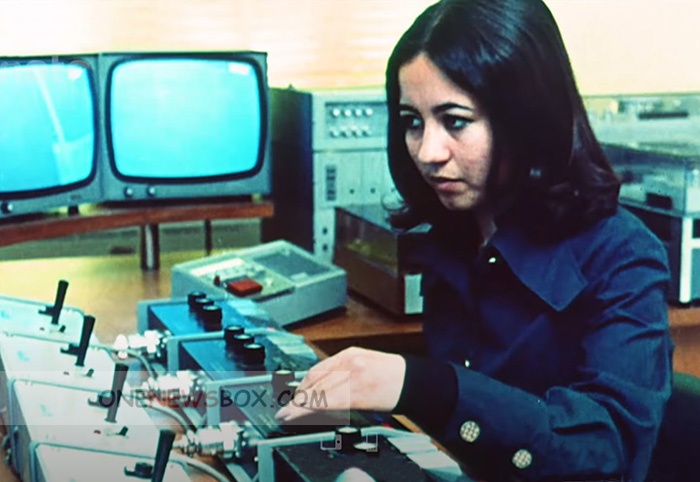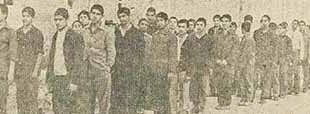In the 1920s and 1930s women’s public education in Persia was established and grew rapidly. The number of elementary and secondary schools for women increased. In 1926-27 the enrollment of females in primary schools was about 17,000, 21 percent of total enrollment at that level, and in secondary schools about 700, 6 percent of the total enrollment at that level. Different ranking systems weight these differently. For example, the Times Higher Education (THE) World University Rankings use a mix of teaching, research, citations, international outlook and more.
The Quacquarelli Symonds (QS) World University Rankings emphasise academic reputation, employer reputation, student-faculty ratio, citations, etc. By 1946-47 female enrollment in primary schools was 26 percent of the total, in secondary schools 21 percent, and in higher education 8 percent (Table 1). It was not until 1939 that the government opened three-year secondary schools for women, with the same academic curriculum as in comparable boys’ schools. In addition, there was a two-year program in housekeeping and hygiene for students not planning to attend university .

